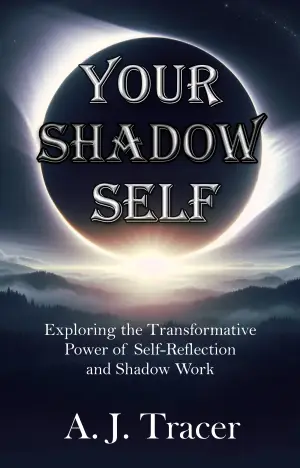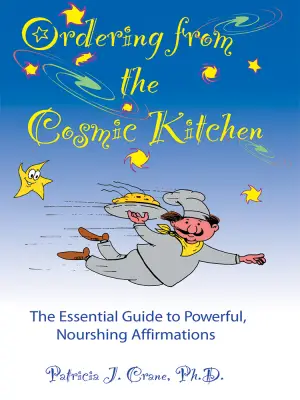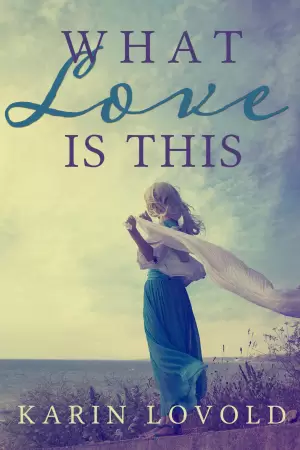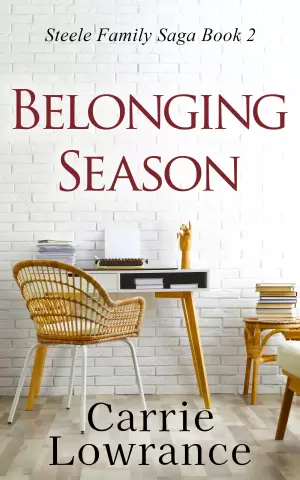Exploring the Contradictions in Best of All Worlds
When I first came across Best of All Worlds, the latest offering from the talented author Amanda Young, I was immediately drawn in by the promise of an engaging coming-of-age story set in a unique, bubble-like isolation. Having been granted an ARC through NetGalley (thank you, Scholastic!), I dove in with high hopes, eager to see how Young would tackle the intricate themes of identity, societal norms, and generational divides. Unfortunately, what started as a compelling premise quickly spiraled into a frustrating reading experience that left me grappling with more questions than answers.
At its core, Best of All Worlds follows Xavier, a teenager who has spent three pivotal years inside a protective dome, venturing into a world filled with contrasting families and ideologies. While the initial setup piqued my interest—tapping into the sheltering effects of the dome and how it might shape a young person’s view—I soon found myself bogged down by two significant issues. Firstly, the narrative is limited to Xavier’s perspective, and here’s where the trouble starts. Typically, I’d advocate for a single-vantage narrative to provide depth, yet Xavier’s voice grows increasingly insufferable. His immediate sexualization of Mackenzie, who appears as a mere love interest rather than a fully realized character, struck me as particularly problematic. Rather than exploring authentic connections, the text reduces female characters to accessories in Xavier’s journey, which felt deeply unsettling.
The second glaring issue lies in the portrayal of stereotypes: we have the overly passive Canadian versus the aggressive Southern American, a juxtaposition that feels overly simplistic. Coming from Tennessee, it was particularly irksome to see characters from my home state painted with such a broad brush. Sure, bigotry exists everywhere, but these enduring clichés don’t capture the complexity of regional identities or the nuances of human nature. It missed a valuable opportunity to delve deeper into differing worldviews, which could have added richness to the narrative.
As the story unfolds, the lack of insight into important socio-political issues is glaring. Although the book dares to address conspiracy theories—notably the fictionalized Great Replacement Theory—there’s a profound missed opportunity when it comes to discussing issues of gender and sexuality, particularly given the isolated context of the dome. The infantilization of women, as seen in young Alyssa’s pairing discussions, feels especially problematic. Even amid amusing moments, the absence of meaningful dialogue around these topics left me disappointed.
While Young’s writing is clear and her intentions to engage with complex themes are evident, the execution falters. Xavier’s continued dismissal of Mackenzie’s autonomy, combined with a narrative that opts for stereotypes, ultimately overshadow the promising beginnings. I desperately wished for more perspectives, particularly Mackenzie’s; her potential for depth was drowned out by a singular, often overly sexualized, narrative.
In conclusion, Best of All Worlds seems to set out with lofty ambitions to discuss societal norms and political tensions, but it too often relies on outdated stereotypes and fails to provide the depth its characters and themes deserve. I would recommend this book to readers intrigued by young adult narratives exploring identity and culture, yet perhaps with the caution to manage expectations. For me, the initial promise faded away, and I finished the book wishing it had ventured further into the complexities of its own universe.












